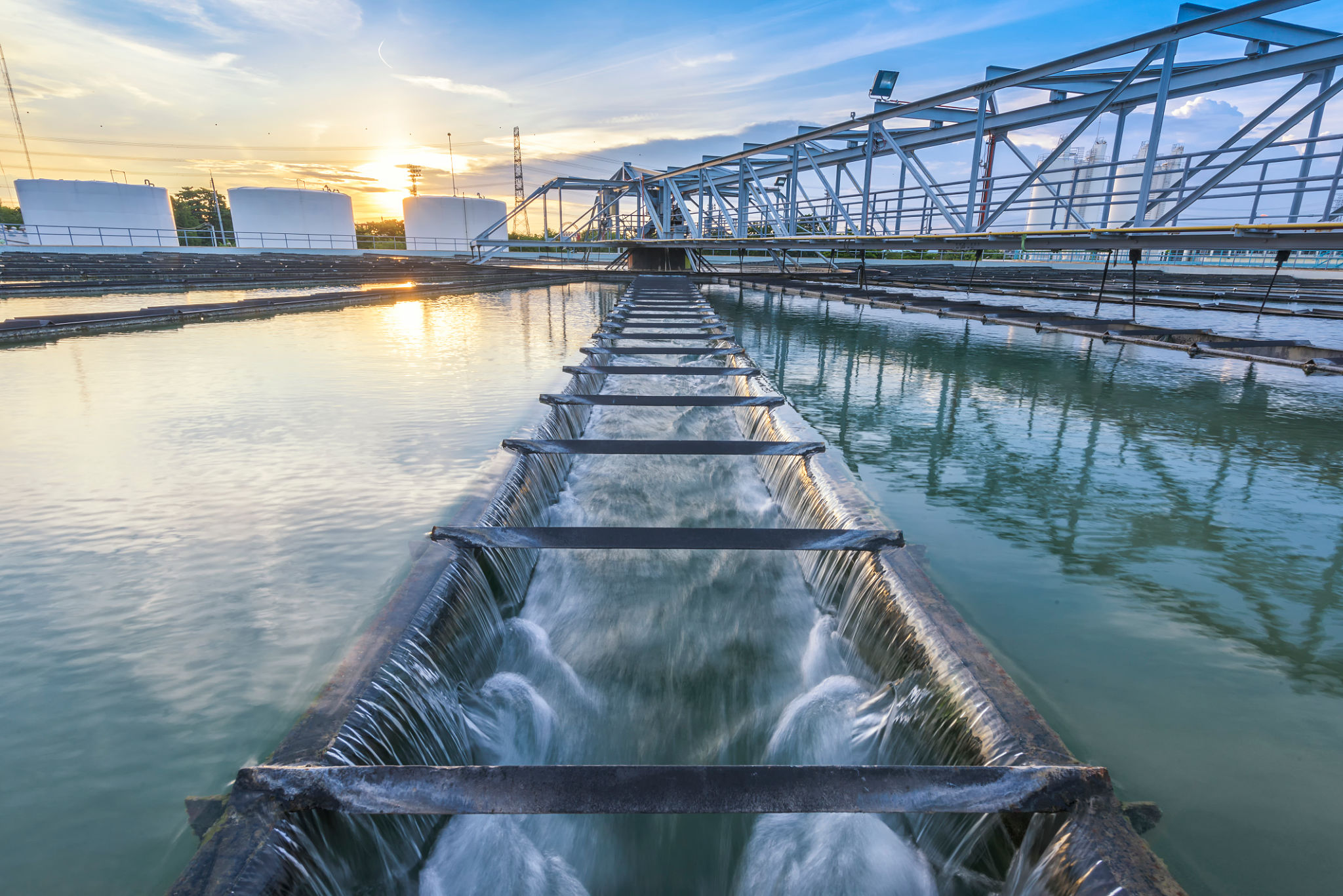Case Study: Successful Implementation of Water Treatment Solutions in Texas Industries
Introduction to Water Treatment Challenges in Texas
Water scarcity and pollution have become critical issues in Texas, especially with the rapid industrial growth in recent years. Many industries are now seeking innovative solutions to address these challenges. Implementing effective water treatment solutions is crucial not only to ensure regulatory compliance but also to promote sustainable practices that benefit the environment and the economy.

The Importance of Water Treatment Solutions
Industries such as oil and gas, manufacturing, and agriculture consume vast amounts of water. Without proper treatment, the waste produced can lead to significant environmental damage. Effective water treatment solutions help in reducing the environmental footprint by recycling and reusing water, thus conserving this precious resource.
There are several benefits of adopting water treatment solutions:
- Regulatory Compliance: Meeting state and federal regulations is vital for any industry to operate without legal issues.
- Cost Efficiency: Reducing water waste and reusing treated water can lead to significant cost savings.
- Environmental Impact: Minimizing pollution and conserving water resources helps protect ecosystems.
Successful Case Study: A Texas-Based Manufacturing Plant
A leading manufacturing plant in Texas faced challenges with water consumption and waste management. The facility implemented a comprehensive water treatment system that significantly improved its sustainability efforts. The system included advanced filtration technologies, chemical treatment processes, and real-time monitoring systems to ensure efficient operation.

The results were remarkable. The plant reduced its water consumption by 40%, leading to substantial cost savings. Additionally, the plant achieved compliance with all environmental regulations, enhancing its reputation as a responsible corporate entity.
The Implementation Process
The implementation process involved several key steps:
- Assessment: A thorough analysis of the plant's water usage and waste output was conducted.
- Design: Customized solutions were designed to address specific needs, including the integration of cutting-edge technology.
- Installation: The system was installed with minimal disruption to ongoing operations.
- Monitoring and Maintenance: Continuous monitoring ensured optimal performance, while regular maintenance prevented potential issues.
The Role of Technology in Water Treatment
Technology plays a vital role in modern water treatment solutions. Advanced sensors and IoT devices allow for real-time monitoring and data collection, enabling industries to make informed decisions. Automation also enhances efficiency by reducing manual intervention, thus minimizing human error.

The integration of AI and machine learning further optimizes processes by predicting potential issues and suggesting preventive measures. This not only ensures consistent water quality but also extends the lifespan of the treatment systems.
Conclusion: The Path Forward
The successful implementation of water treatment solutions in Texas industries demonstrates the potential for significant environmental and economic benefits. As more businesses recognize the importance of sustainable practices, the demand for innovative solutions will continue to grow. By embracing these technologies, industries can play a pivotal role in conserving natural resources while maintaining operational excellence.

